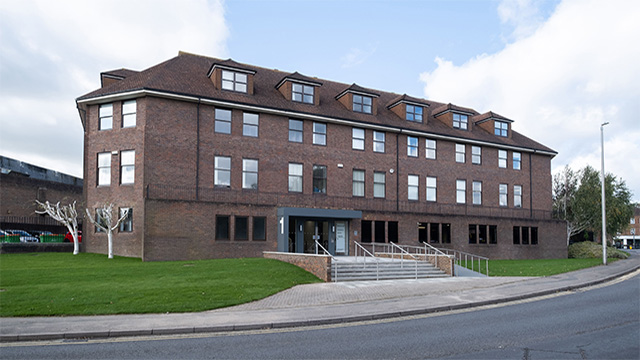Breathing new life into London’s past
News
by
Jonathan Goldstein
Steeped in rich history, London offers developers the opportunity to erect buildings worthy of a global metropolis in the 21st century while preserving and incorporating relics of the past, writes Jonathan Goldstein, chief executive, Cain International.
Placemaking is now a buzzword in real estate, and for good reason. Residents and businesses do not want to be located in a building; they want to feel part of something bigger, and history has a huge role to play in this. Incorporating heritage is the right thing to do and makes good business sense. Developers who shun historic sites or existing features may be missing a trick.
Steeped in rich history, London offers developers the opportunity to erect buildings worthy of a global metropolis in the 21st century while preserving and incorporating relics of the past, writes Jonathan Goldstein, chief executive, Cain International.
Placemaking is now a buzzword in real estate, and for good reason. Residents and businesses do not want to be located in a building; they want to feel part of something bigger, and history has a huge role to play in this. Incorporating heritage is the right thing to do and makes good business sense. Developers who shun historic sites or existing features may be missing a trick.
Heritage-led development is creating some of London’s most interesting spaces and buildings. Rather than replacing old with new, blending history and modernity has reinvigorated places, boosted communities and contributed to the city’s unique character and identity. Built by the Romans almost 2,000 years ago, roughly covering the single square mile, which is today marked by City skyscrapers, London has matured into a 600-square-mile megacity. With its contemporary streets scattered with historic gems, London offers the unique opportunity for real estate developers to breathe new life into the past.
Bloomberg recently brought our attention back to London’s Roman roots when it opened its new European headquarters in the City of London, on the site of the ancient Temple of Mithras and Roman London’s commercial centre. One of the capital’s most exciting archaeological excavations, uncovering 14,000 artefacts, it made the front pages and attracted huge crowds as people queued to see the discoveries.
Bloomberg is one of numerous success stories. However, many developers are still hesitant to work on schemes located at sites of historical importance, due to the possibility of unforeseen delays, costs and other potential complications to planning. While it is important to consider these risks, they can be mitigated by comprehensive planning and, in cases where complex excavation work is necessary, early consultation with archaeologists to ensure this is fully integrated into the development timeline. Likewise, historical sites need not fear modern development, which can support the renovation of forgotten landmarks and provide protection and future-proofing.
Taking the Stage
The Stage in Shoreditch, which is being developed by a consortium of investors led by Cain International, has attracted international interest due to the remains of the Curtain Theatre being found. The venue, where some of Shakespeare’s most celebrated plays – including Henry V and Romeo and Juliet – were once performed, has been excavated at the heart of the development, and will be preserved in-situ and open to the public. We have worked with archaeologists from MOLA to revive this fascinating piece of history and, in turn, the heritage of this site has boosted the Stage’s appeal; supporting placemaking and helping foster the site’s unique identity, making it a new historic, cultural and archaeological destination in London.
History and culture have made the Stage a place where people want to live, aiding the sales of the homes here, an exciting and vibrant workplace where businesses will want to base themselves in order to attract top talent, and a place where Londoners and tourists will want to visit, eat and shop, leading to strong demand for retail space.
[gallery type="slideshow" ids="897249,897250,897251"]
Heritage is also an important element at our Islington Square development, a mixed-use shopping, leisure and residential destination on Upper Street. The project’s design works with the original features of an existing Edwardian building – the former North London Mail Centre – to bring the past back to life, not only adding an important aesthetic element, but also contributing to the sense of place.
It doesn’t, however, have to be solely about historically significant sites and listed buildings: the concept can be adopted at a smaller scale too. At its Acton Gardens scheme, for example, Countryside Properties has designed its buildings around established trees, not only adding to sustainability credentials but giving communal spaces an immediate sense of character and maturity.
Whether working, living or visiting, people prefer attractive and interesting locations. Ultimately, this means increased demand, higher occupancy rates, fewer voids and better rents. Developers who take this to heart are not only making a wise business decision, they are acting as good and responsible corporate citizens.











